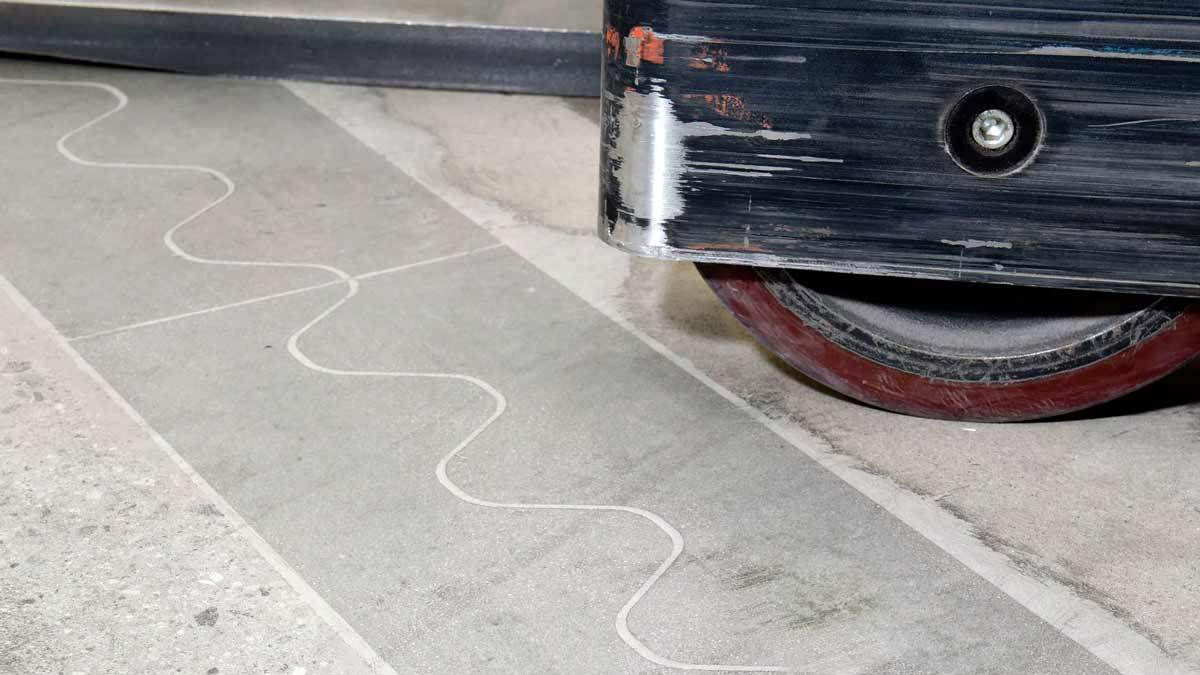
Prepare Your Floor Joints for the Damage That Comes With Automated / Robotic Lifts and Carts
Concrete floors are an essential part of your plant infrastructure. Let’s face it, there’s no other real affordable option for large product storage areas. But, these large floor have to have joints to allow for stress relief and expansion/contraction to prevent cracking that could lead to eventual structural failure.
These joints have always been a weak point in the flooring system for areas of heavy traffic. However, the introduction of automated lifts and carts have pushed conventional joint design past its limits. These machines are precise. So precise that the wheels never vary from the most efficient and direct path. This shows up in wear patterns in the floor. However, the real damage is to the joint. These heavy loads are concentrated on smaller wheels that make the machine more maneuverable and unfortunately deliver more impact to the joints they cross while moving.
This damage creates an uneven transition at the joint. Given that these machines are so precise, any unevenness may cause them to shut down to prevent any damage or safety hazard.
Repairs to these damaged joints should be completed with materials that can take the wear and impact of this equipment that is critical to controlling costs and improving efficiency to your operation.
Take a look at some good choices for replacing the damaged concrete that should make the repaired joint less susceptible to future damage.
Joint Repair Options
| Material | Hardness | Abrasion Resistance | Min/Max Depth | Return to Service Time |
|---|---|---|---|---|
| Euco 456RS Mortar | Excellent | 1/8" – 2"/ lift | ||
| Armor-Hard Extreme | D92 | Good | 1" max/ lift | 2 hrs @ 70°F |
| Duralflex Fastpatch | D85 | Good | 1/4" – 3"/lift | 12 hrs @ 75°F |
✨ Pro Tip from Our Technical Team
For the floor joint repair shown above, we recommend our Stratarock Epoxy Patch Mortar - it's specifically designed for this application.
Get This Product →Once you’ve repaired the joint, you’ll need to fill it. This will provide a level surface for side to side of the joint illuminating the drop impact that would otherwise occur in the space created by the empty joint. Here are some Joint Filler options you could consider.
Joint Filling Options
| Material | Material Type | Shore Hardness | Tack-Free Time | Return to Service Time |
|---|---|---|---|---|
| Qwikjoint UVR 95 | Polyurea | A95-97 | 3-4 mins | 2 hrs @ 70°F |
| Edge-pro 90 | Polyurea | A90-92 | 10-15 mins | 45 mins @ 70°F |
| Crackbond JF-82 Fast | Polyurea | A82-84 | 5-10 mins | 24 hrs |
| Sika Loadflex 524EZ | Polyurea | A80-85 | 15 mins | 2 hrs @ 73°F |
| Euco 700 | Semi-Rigid Epoxy | >A100 | 12 hrs | 24 hrs @ 70°F |
| MM-80 | Semi-Rigid Epoxy | A90-95 | 6-8 hrs | 8-12 hrs |
| Crackbond JF-90HD |
Semi-Rigid Epoxy | A90-98 | 8-12 hrs | 20 hrs |
| Sikadur 51SL | Semi-Rigid Epoxy | A95-100 | 7-8 hrs | 24 hrs |
Products Featured in This Article
Professional joint fillers for the repair methods shown above




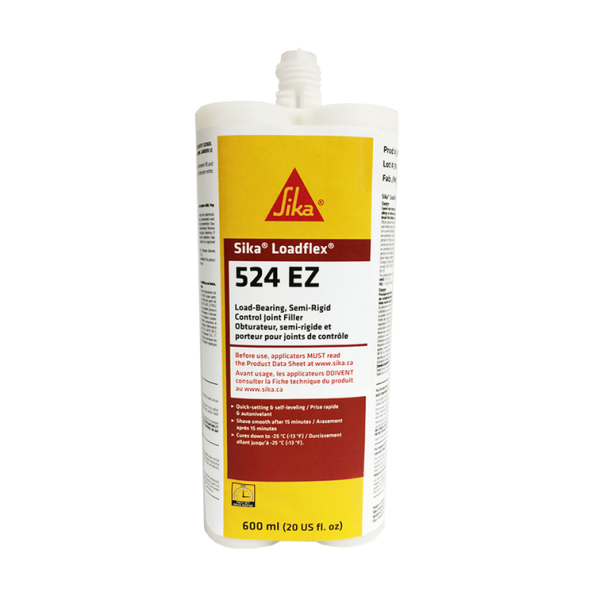
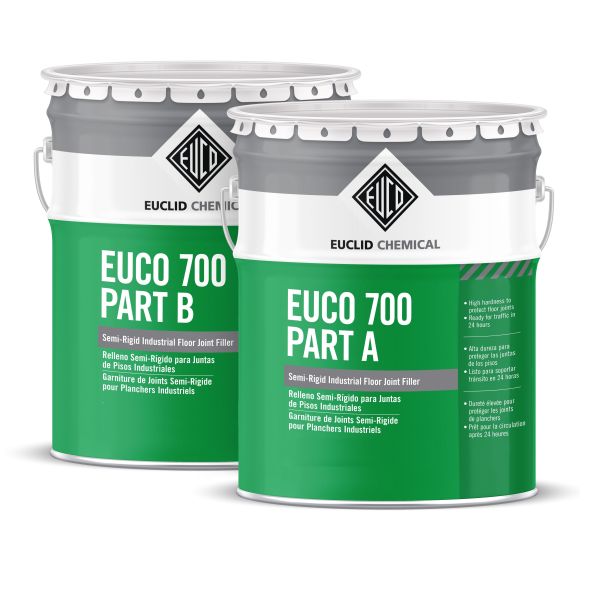
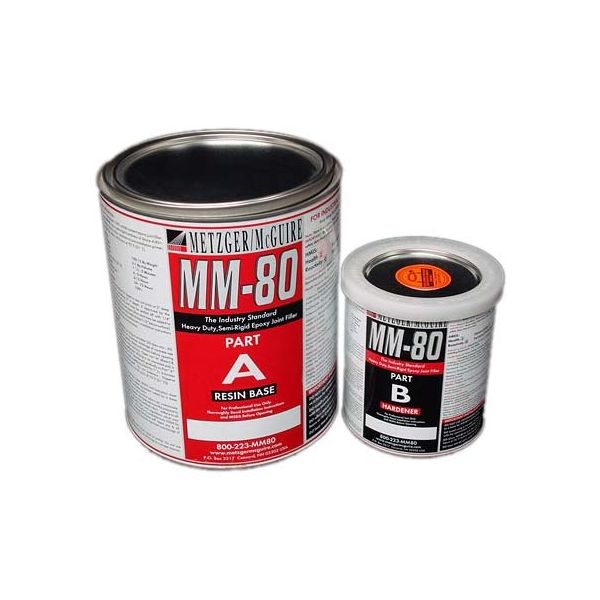
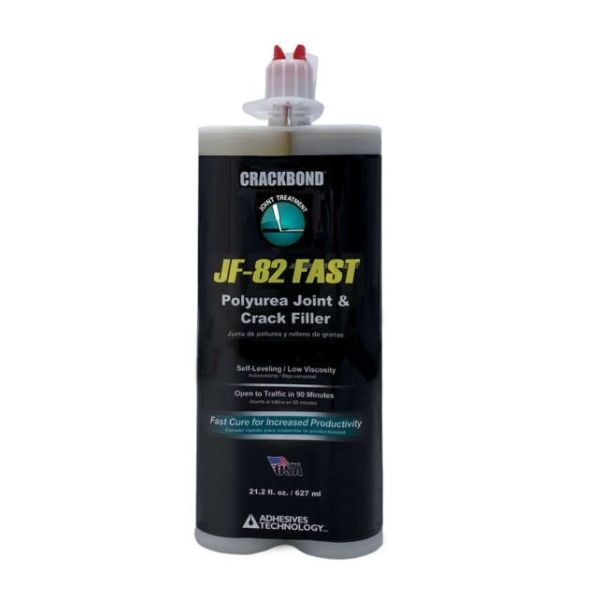



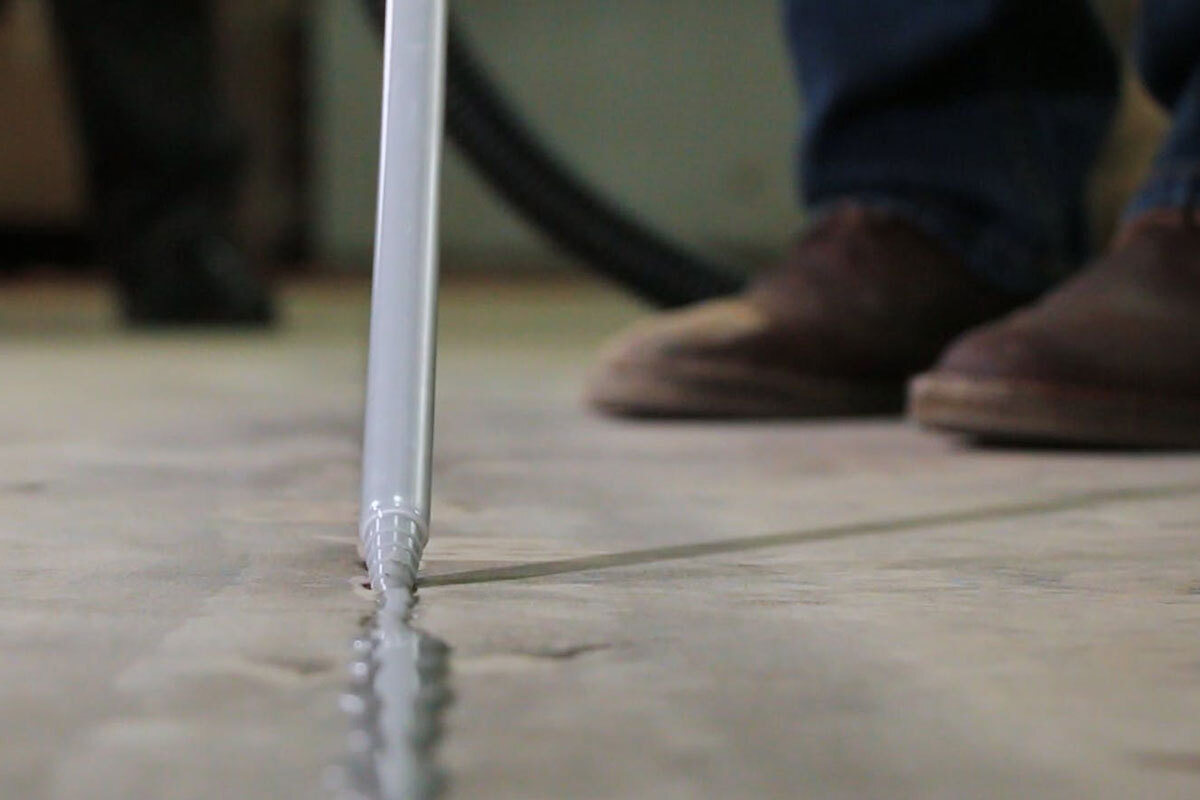
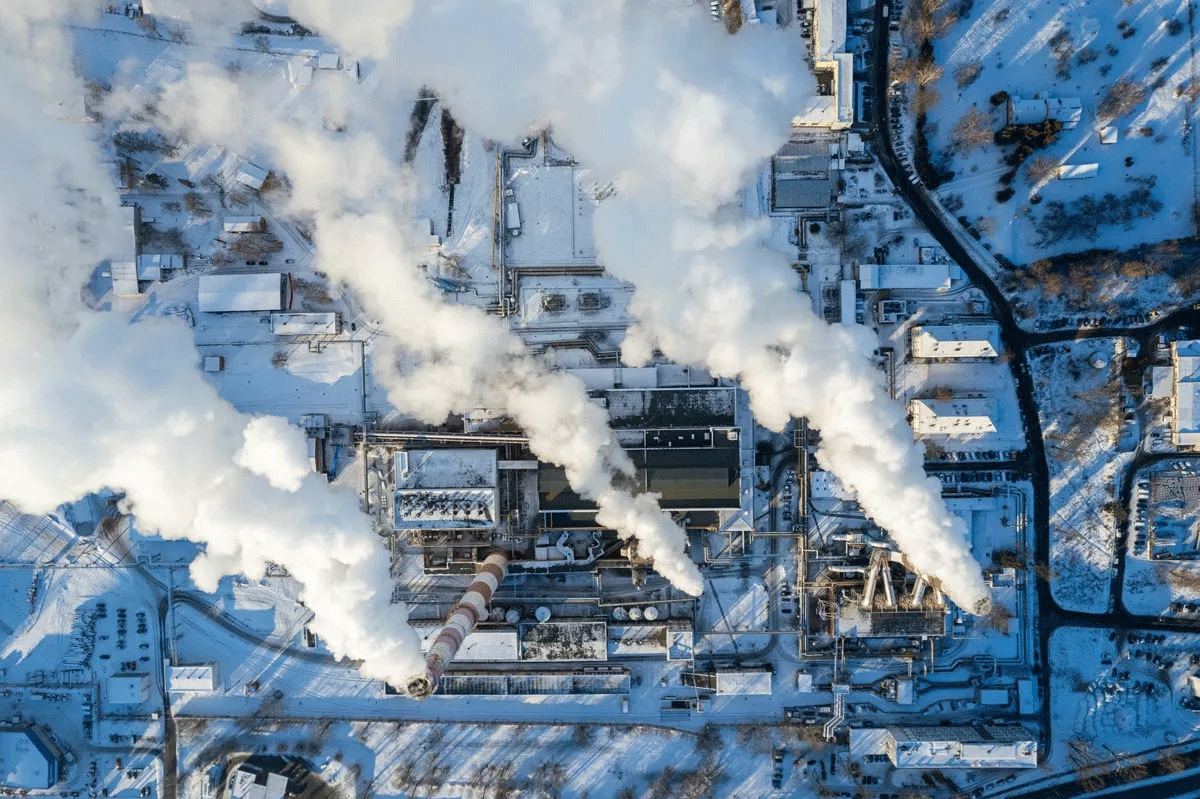
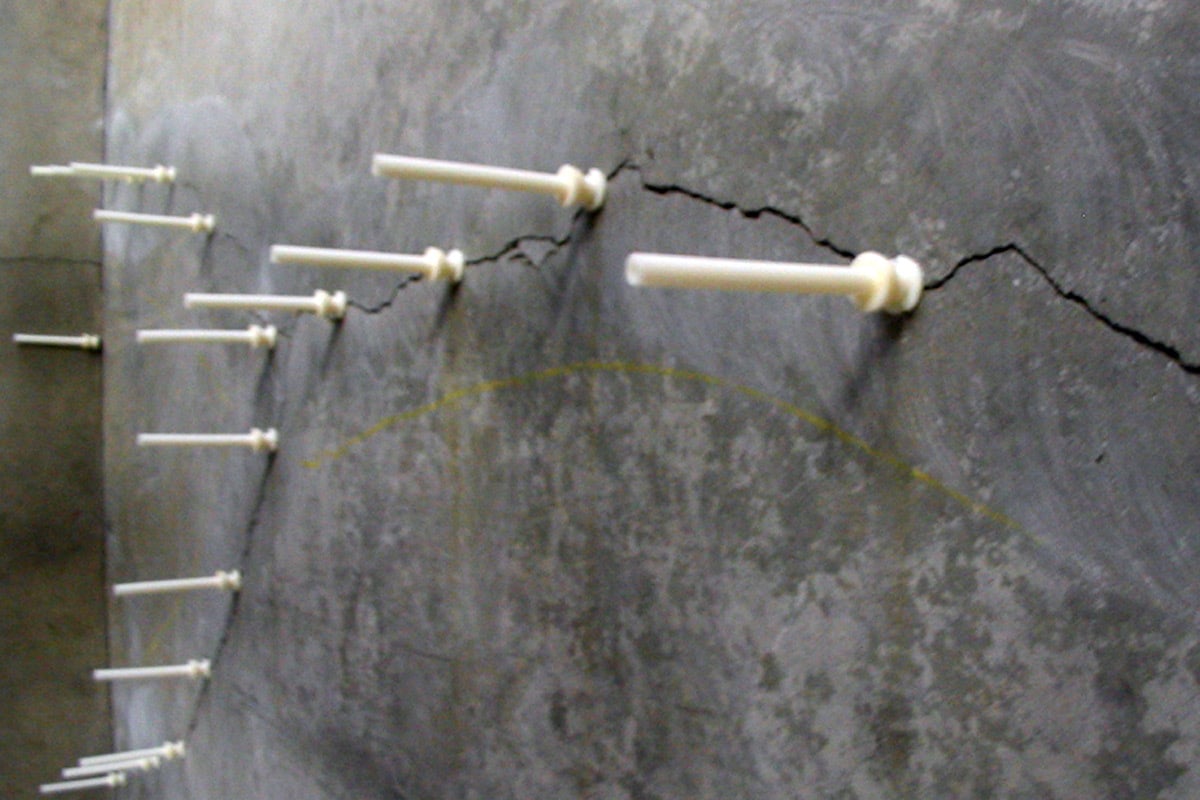
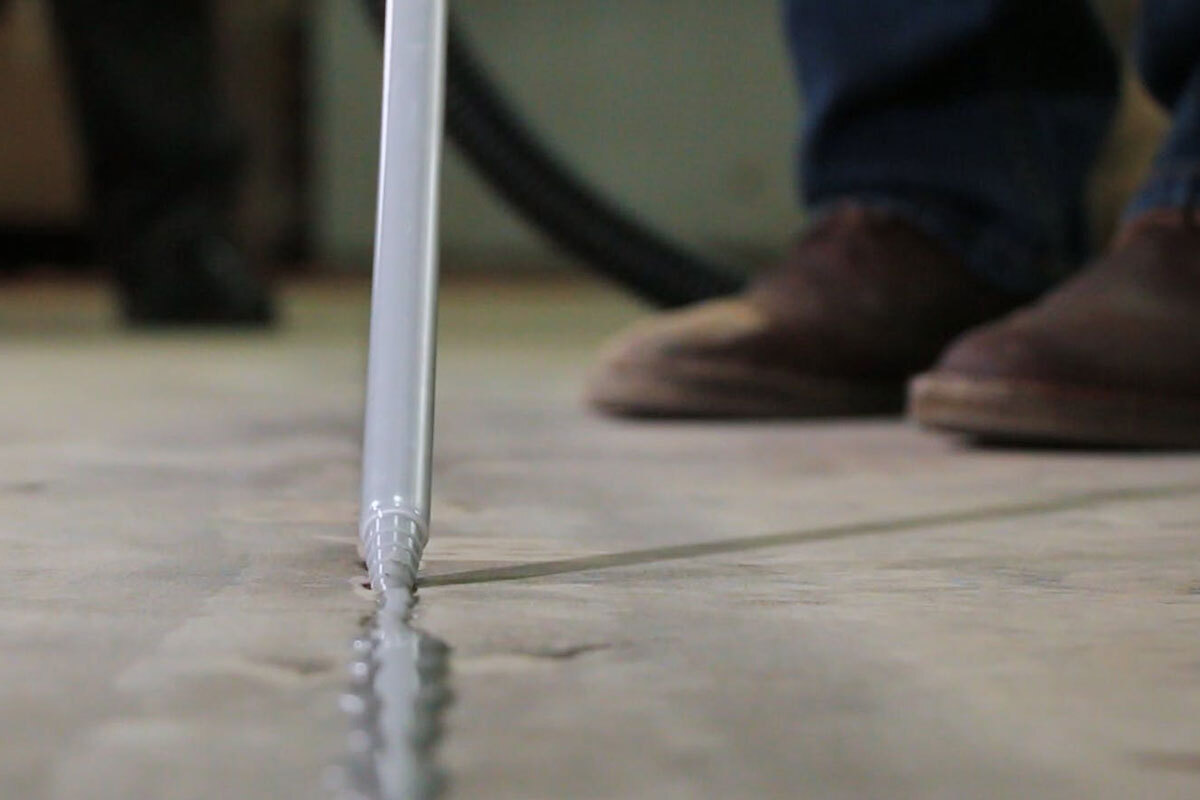
Please complete your information below to login.